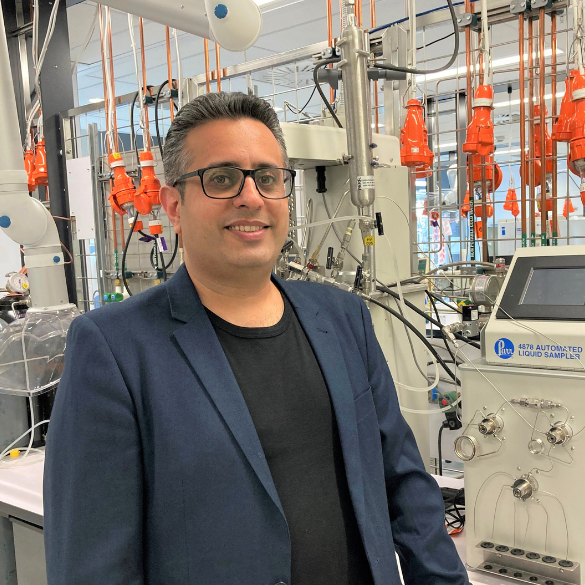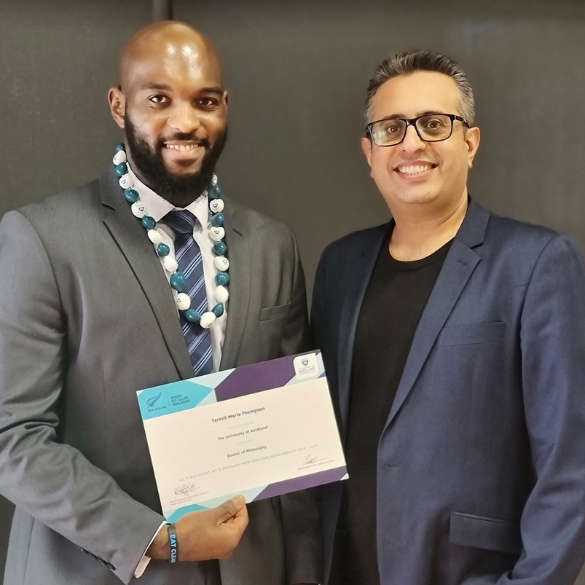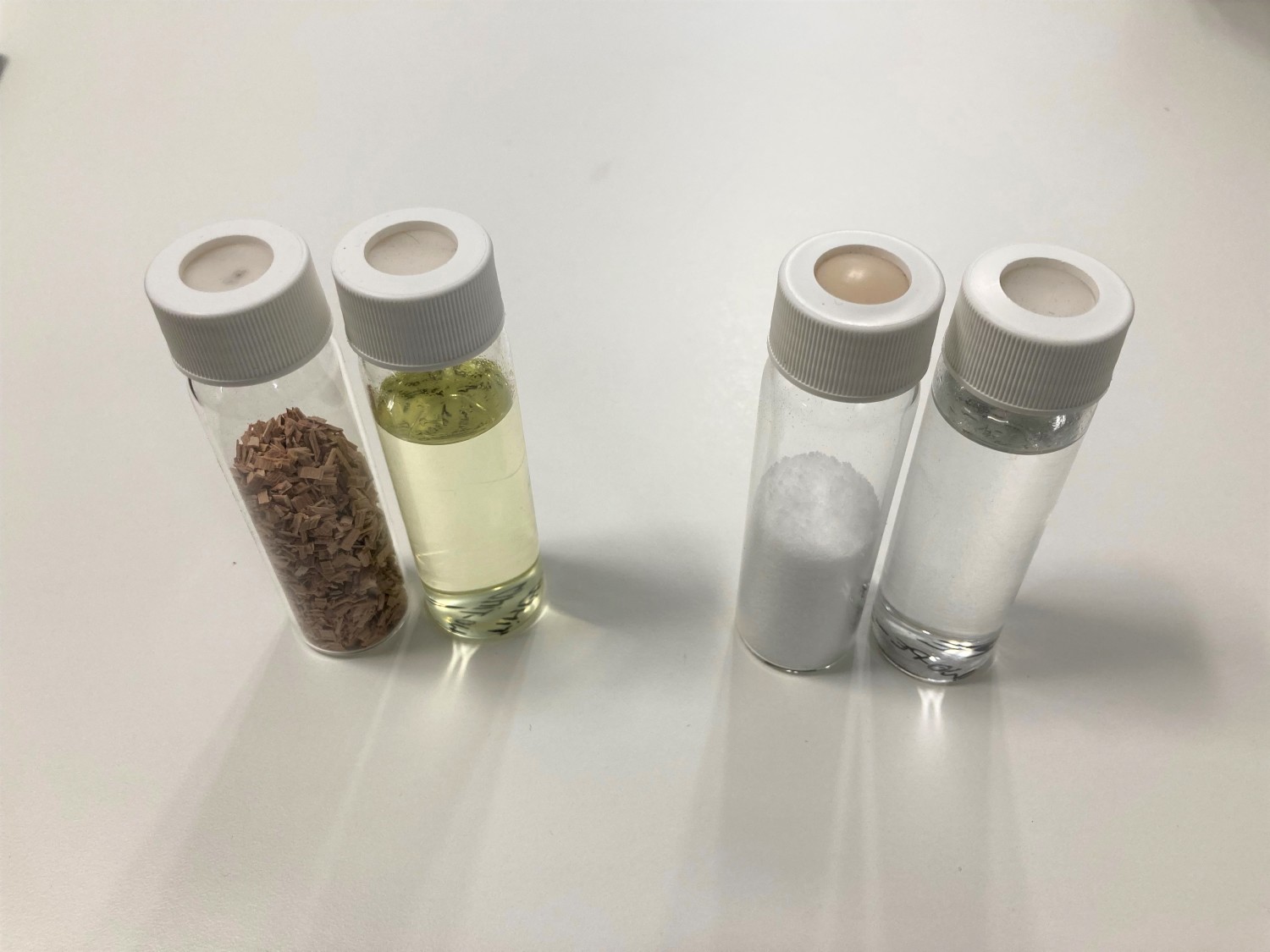If traditional Western industry were a diagram, it would be a straight line. Resource extraction leads to production, distribution, consumption and finally disposal. Saied Baroutian is working to bend that line into a circle.
Baroutian, an associate professor of chemical and materials engineering, heads the Waste and Resource Recovery Research Group (WaRe3) at Waipapa Taumata Rau, University of Auckland.
He also leads the Master of Engineering Studies programme in Sustainable Resource Recovery, which gets students working closely with industry to solve real-world problems – often leading to jobs for the students.
Fundamentally, Baroutian’s research involves using high-tech processes in the service of principles that would have been familiar to his great-grandparents: minimizing waste, reusing what can be reused and turning things that aren’t useful into things that are.


